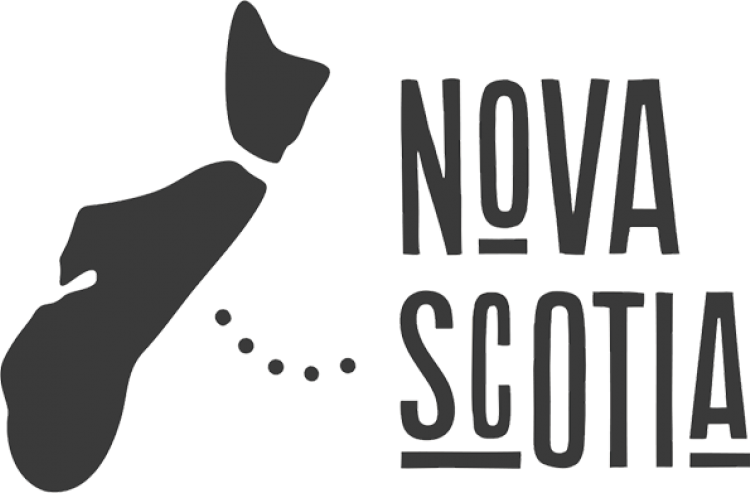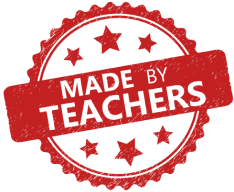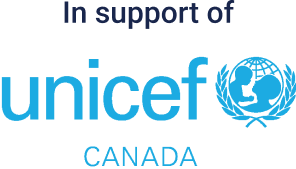Nova Scotia Grade 7

Made by a Grade 7 teacher in Nova Scotia.
Kids Boost Immunity (KBI) provides educational content (lessons and support materials) developed by teachers and where needed, health experts, that is directly linked to curriculum and is available completely for free. Each lesson is paired with an online quiz that students can take on a laptop, tablet, or phone. Every time a student scores 80% or higher on a quiz, we donate life-saving vaccines to UNICEF Canada. To learn more about KBI, click here.
Click on the overarching curriculum themes below to see the curriculum outcomes that match KBI educational content. The full Grade 7 Nova Scotia Curriculum Connections document is here.
- Health
-
Curricular outcomes:
Health: Learners will analyse how life skills influence physical, mental, emotional, social, and spiritual health.
- Concepts
- Influences on Healthy Decision-Making
- How can we determine reliable sources of health information from unreliable sources?
- Skills
- Analyse
- Gather and select appropriate information; determine accuracy, validity, and relevance of the information; identify perspectives; communicate findings
- Investigate
- Ask and revise questions; locate several relevant and dependable details to support an answer; organize and compare details; identify relationships, recognize represented perspectives, and communicate findings.
Health: Learners will analyse the relationships between health behaviours and physical, mental, emotional, and spiritual health.
- Communicable Disease Prevention
- Why is it important to know how diseases are spread?
- Why are disease prevention methods important?
- Why is it important to know how to prevent the spread of communicable diseases?
Applicable KBI lessons:
1. Critical Thinking & Evaluating Information
- Literacy builder worksheet/answer guide
- Lesson worksheet/answers
- Video worksheet/answers
- Inquiry activities/answer guides
- Numeracy activity/answers
2. Navigating the World of Online (Mis)Information
- Literacy builder worksheet/answer guide
- Inquiry activities/answer guides
3. The Spread of Infectious Diseases
- Concepts
- Science
-
Curricular outcomes:
Science- Environmental Action
- Learners will analyse the interconnectiveness of living things and the environment, in relation to the concept of Netukulimk.
- Ecosystems
- What are some characteristics that different ecosystems have in common?
- Interconnectedness
- What are some of the interconnections that can be observed in various ecosystems?
- How do abiotic and biotic components interact in various ecosystems?
- How can biological indicators be used as a marker for environmental health?
- Food Web
- How do organisms interact within an ecosystem?
- How do producer populations impact consumer populations?
- Human Impact
- How are humans impacting ecosystems?
- How has the impact of humans on ecosystems changed over time?
- How are green technologies changing the impact of humans on ecosystems?
- Learners will implement an environmental stewardship plan.
- Netukulimk, Sustainability and Conservation
- How can we live according to Netukulimk?
- Why is it important to care for the environment?
- Environmental Stewardship
- How can it be determined whether a local environment needs to be protected?
- How can the impact of local environmental initiatives be determined?
- How do people in my community take care of the environment?
- How can I take care of the environment?
- Mitigating Environmental Harm
- How can more green space be created?
- How can you determine if conservation and sustainability strategies are effective?
- Learners will investigate factors that affect species adaptation and evolution.
- Investigate the concept of natural selection and its role in evolution (COM/CT)
- Investigate evidence of evolution (COM/CT)
- Evolution
- Why do living things change over time?
- How can we see evidence of species evolution?
- Natural Selection
- How do living things change over time?
Applicable KBI lessons:
1. Diversity of Living Things
- Literacy builder worksheet/answer guide
- Lesson worksheet/answers
- Video worksheet/answers
- Inquiry activities/answer guides
- Numeracy activity/answers
2. Environment & Climate Change
- Literacy builder worksheet/answer guide
- Lesson worksheet/answers
- Video worksheet/answers
- Inquiry activities/answer guides
- Numeracy activity/answers
3. Evolution and Natural Selection
- Literacy builder worksheet/answer guide
- Lesson worksheet/answers
- Video worksheet/answers
- Inquiry activities/answer guides
- Social Studies
-
Curricular outcomes:
Social Studies
- Learners will reflect on the impact of government policies and the denial of treaty rights on Mi’kmaw communities and individuals in Mi’kma’ki
- Geographic Impact on Mi’kmaw Communities
- How can the teachings of Msit No’kmaq and Netukulimk teach us about the Mi’kmaw connection to the land?
- How were the lives of the Mi’kmaq influenced by geographic location?
- How did the creation of reserves and the reserve system impact the relationship between Mi’kmaw and other communities?
- How did the creation of the reserve system impact Mi’kmaw connections to the land?
- Civic Impact on Mi’kmaw Communities
- Why did the government pursue a policy of assimilation?
- How did the Mi’kmaq resist assimilation?
- Why were government decisions unfair to the Mi’kmaq?
- How did the government create unfair living conditions for Mi'kmaw people?
- Resilience
- How did the Mi’kmaq resist unfair government decisions?
- How did the Mi’kmaq protect their cultural practices despite discriminatory policies?
- How did the Mi’kmaq preserve their traditional ways of life despite the challenges posed by discriminatory policies?
Applicable KBI lessons:
1. Life on Turtle Island
- Literacy builder worksheet/answer guide
- Lesson worksheet/answers




